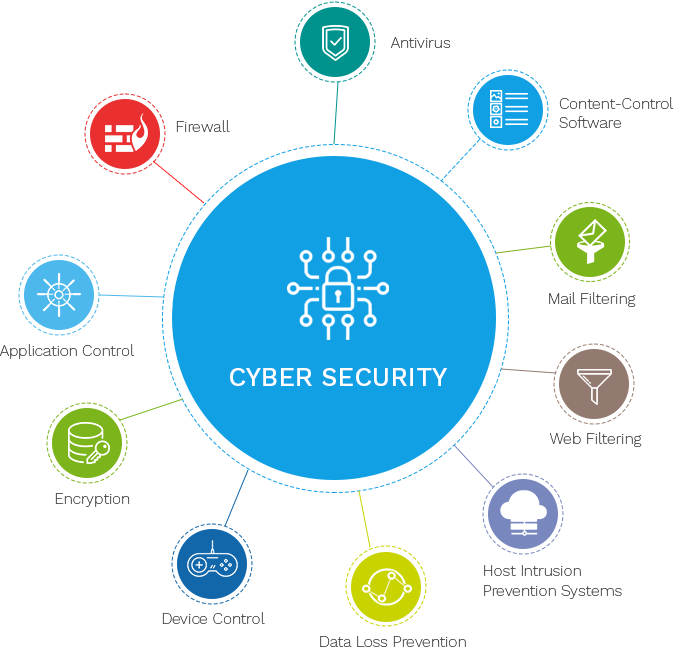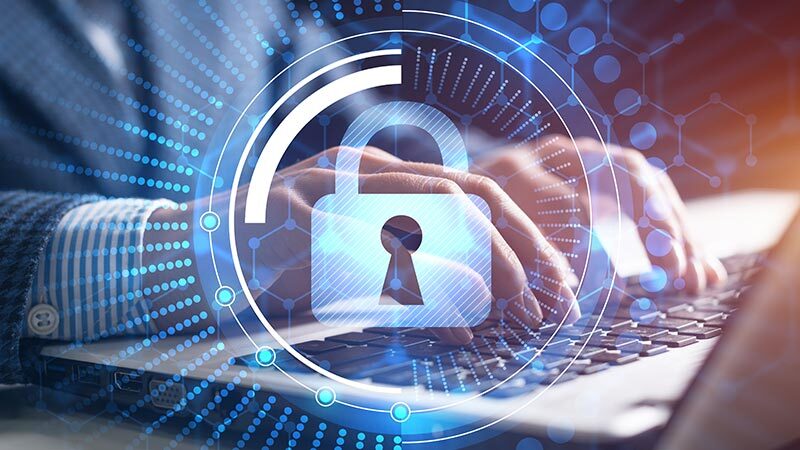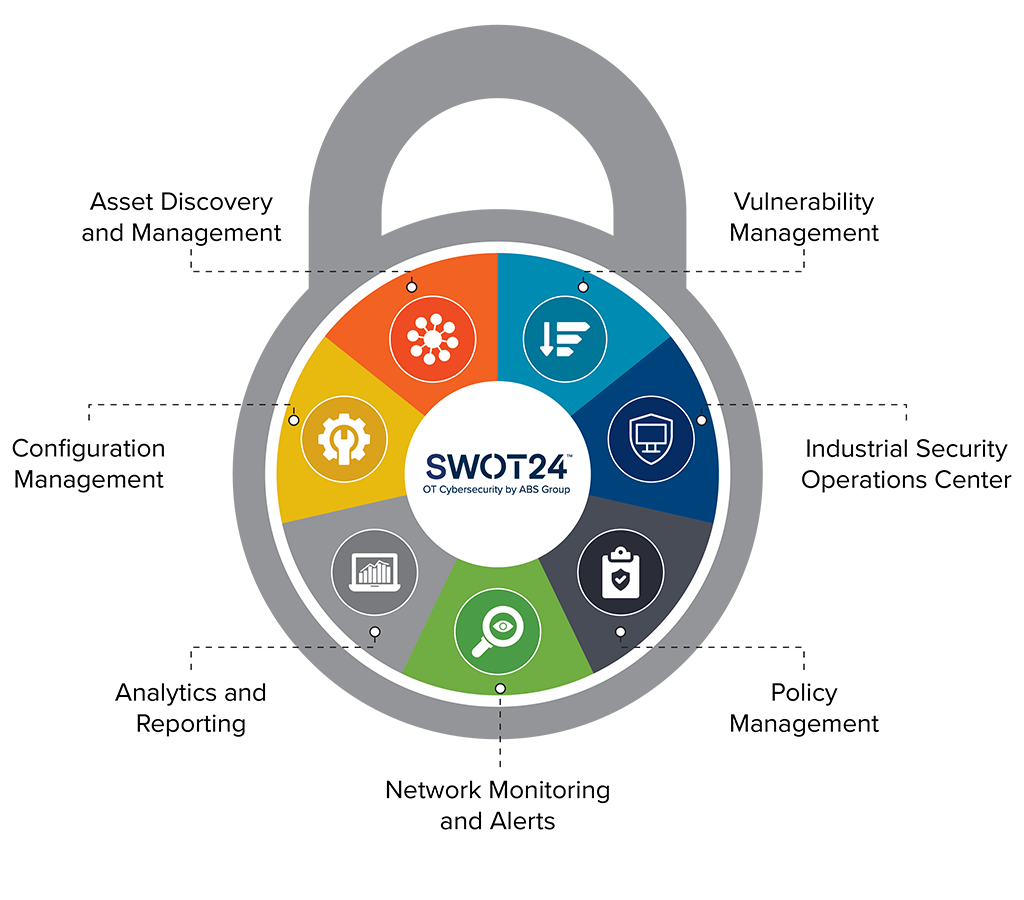Introducing the Best Cyber Security Services in Dubai for Comprehensive Security
Introducing the Best Cyber Security Services in Dubai for Comprehensive Security
Blog Article
Exploring Just How Cyber Protection Works to Safeguard Your Online Existence
In today's digital landscape, protecting one's on-line visibility has actually become increasingly crucial, with cyber dangers evolving at a disconcerting pace. Cyber protection uses a diverse approach, incorporating innovative technologies like firewall softwares, security, and multi-factor verification to secure sensitive information. The complexity of these systems increases inquiries about their effectiveness and implementation. How do these modern technologies interact to develop a seamless guard versus cyber hazards? And what role does behavior analytics play in this complex web of security measures? These are important questions that warrant further exploration in our quest for digital security.
Recognizing Cyber Threats
In the electronic landscape, cyber hazards stand for a powerful obstacle, calling for a nuanced understanding of their nature and possible impact. These threats incorporate a large range of destructive activities coordinated by individuals, groups, or even nation-states, targeting delicate information, interrupting procedures, or triggering reputational damage. Understanding cyber dangers begins with determining the different types they take, consisting of malware, phishing, ransomware, and distributed denial-of-service (DDoS) strikes.
Malware, or malicious software application, consists of viruses, worms, and trojans that infiltrate systems to create or swipe data damage (Best Cyber Security Services in Dubai). Phishing attacks trick customers into disclosing personal info, often by impersonating as trustworthy entities. Ransomware secures targets' information, demanding a ransom for its release, posing considerable operational and financial threats. DDoS attacks intend to bewilder systems, making them unusable and interfering with services.
Recognizing the motivations behind these risks is essential. By thoroughly understanding the diverse nature of cyber dangers, companies can better prepare for possible susceptabilities and purposefully allot resources to boost their defenses versus these ever-evolving dangers.
Trick Cyber Safety Technologies
As companies strive to safeguard their electronic possessions, key cybersecurity innovations play a crucial duty in strengthening defenses versus cyber threats. These technologies incorporate a wide spectrum of methodologies and tools designed to secure data integrity, confidentiality, and availability. In today's electronic landscape, intrusion detection systems (IDS) and intrusion avoidance systems (IPS) are pivotal. IDS monitor network web traffic for suspicious tasks, while IPS proactively obstruct potential hazards, making certain real-time defense.
Furthermore, antivirus and anti-malware remedies continue to be fundamental in identifying and reducing destructive software program. They utilize heuristic and signature-based techniques to identify known and unknown risks. Endpoint discovery and reaction (EDR) systems better boost protection by providing comprehensive visibility right into endpoint tasks, making it possible for swift case response.
Identification and accessibility management (IAM) modern technologies make certain that only authorized customers access to essential sources, therefore minimizing the risk of unapproved information gain access to. Multifactor authentication (MFA) includes an additional layer of safety, requiring users to supply numerous verification factors.
In addition, protection information and occasion monitoring (SIEM) systems accumulation and evaluate safety and security information, using insights into potential vulnerabilities and promoting positive danger administration. These technologies jointly develop a durable framework, encouraging companies to keep a durable cybersecurity stance.
Role of Firewalls and Security
Firewalls and security are indispensable elements of a robust cybersecurity approach, each serving an unique yet corresponding duty in securing digital environments. Firewall programs act as barriers in between relied on inner networks and untrusted external entities. By controlling outbound and inbound network traffic, they prevent unauthorized accessibility to information and systems. Firewall softwares use predefined protection rules to block or allow data packages, properly protecting delicate info from cyber hazards. They are the initial line of protection, filtering traffic and making sure just reputable communications are allowed.
Encryption, on the other hand, transforms readable data into an inscribed format that can only be understood with a certain cryptographic key. Security is crucial for securing delicate details such as monetary information, personal identification details, and exclusive organization info.
Together, firewalls and encryption offer an extensive protection system. While firewall programs take care of gain access to and guard networks from unapproved entrance, encryption safeguards information integrity and confidentiality. Their integrated application is essential in mitigating risks and guaranteeing the safety and security of electronic properties in a progressively interconnected globe.

Significance of Multi-Factor Authentication
While firewall softwares and file encryption form the foundation of cybersecurity, enhancing defenses better needs the execution of multi-factor verification (MFA) MFA adds an additional layer of protection by requiring individuals to verify their identity via 2 or more various factors before gaining access to sensitive info or systems. These aspects usually include something the customer knows (a password), something the individual has (a protection token or smart device), and something the individual is (biometric confirmation such as a finger print or face acknowledgment)
The significance of MFA in guarding on the internet visibility is vital in today's electronic landscape. With cyber threats coming to be progressively sophisticated, depending exclusively on traditional password-based authentication leaves systems vulnerable to breaches. MFA considerably lowers the threat of unauthorized gain access to by making it significantly a lot more challenging for cybercriminals to compromise an account. Also if a password is swiped, the extra verification steps function as an awesome barrier.

Behavioral Analytics in Cyber Protection
Behavioral analytics represents an essential advancement in cybersecurity, providing a sophisticated method to threat discovery and prevention. By evaluating patterns in user behavior, this technique determines anomalies that might suggest potential cyber risks. Unlike conventional safety steps, which typically count on predefined regulations and trademarks, behavioral analytics leverages device understanding and analytical models to establish a baseline of normal activity. When variances from this address baseline occur, it triggers signals for further examination, enabling quicker action times to prospective breaches.
This modern technology is specifically efficient in detecting insider dangers and zero-day attacks, which are often missed by conventional safety and security systems. Insider dangers, where people within an organization abuse gain access to opportunities, can be tough and specifically destructive to spot. Best Cyber Security Services in Dubai. Behavior analytics provides a layer of examination that can catch refined deviations in habits, such as unusual gain access to patterns or information transfers, prior to they rise right into significant safety and security events
In addition, the dynamic nature of behavior analytics enables it to adapt to advancing risks, offering continual security as cyberattack methods transform. As companies increasingly rely on digital frameworks, incorporating behavioral analytics right into cybersecurity approaches makes certain a resistant defense, preserving and protecting delicate data trust fund in digital communications.
Conclusion
To conclude, the diverse method of cyber protection, incorporating modern technologies such as firewalls, file Read More Here encryption, multi-factor verification, and behavior analytics, plays a critical role in safeguarding on-line visibility. By filtering system Home Page website traffic, securing information transmission, calling for multiple confirmation approaches, and monitoring user task for anomalies, these technologies collectively attend to the complexities of modern cyber hazards. This layered protection not just safeguards individual and financial information but also makes certain continuous defense in an ever-evolving digital landscape.

As companies make every effort to guard their digital possessions, key cybersecurity technologies play a vital duty in strengthening defenses versus cyber threats. Firewall programs utilize predefined protection rules to obstruct or permit information packets, effectively protecting delicate information from cyber dangers.This technology is particularly effective in spotting insider dangers and zero-day attacks, which are commonly missed by conventional safety and security systems. By filtering website traffic, protecting information transmission, needing multiple confirmation techniques, and keeping track of customer activity for abnormalities, these technologies jointly deal with the complexities of modern-day cyber dangers.
Report this page